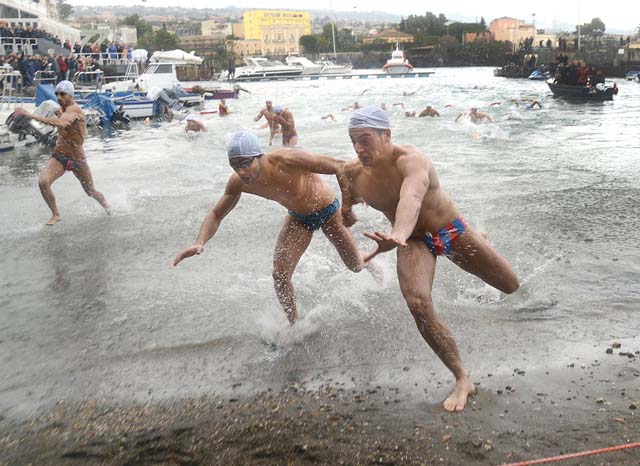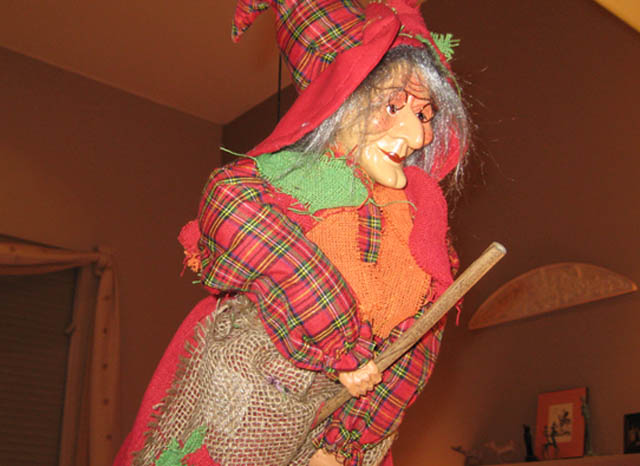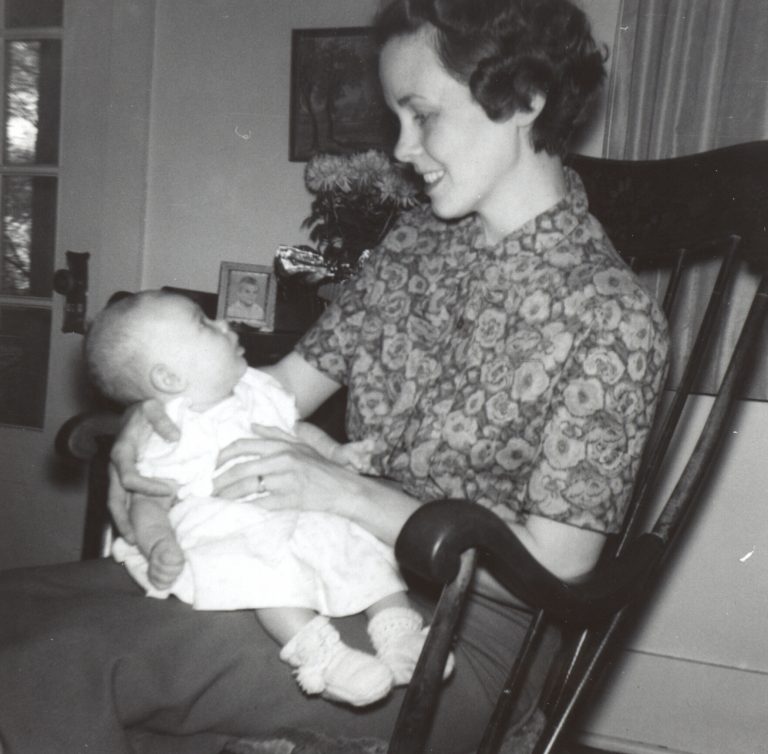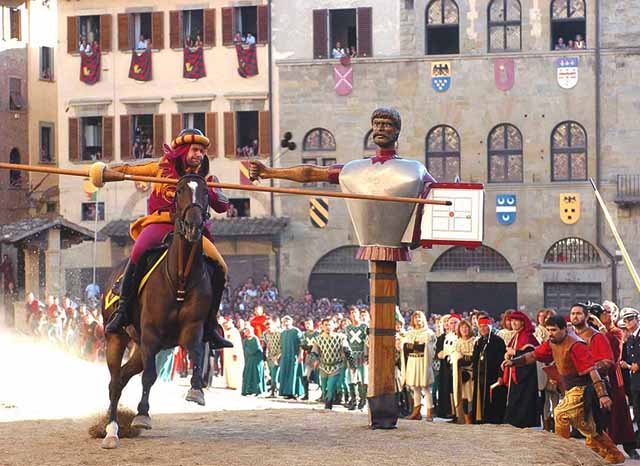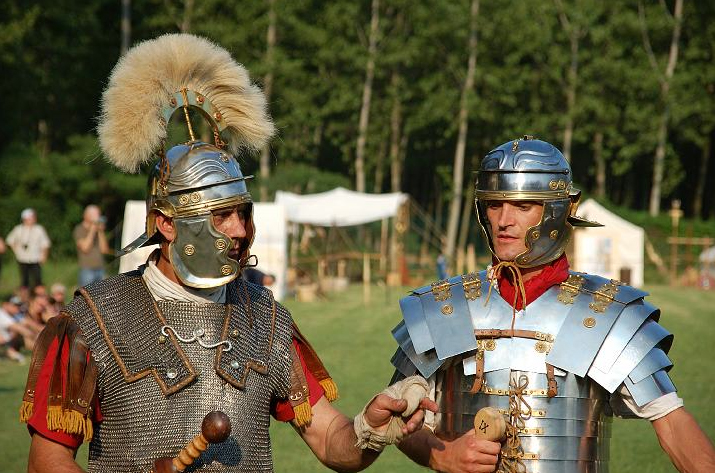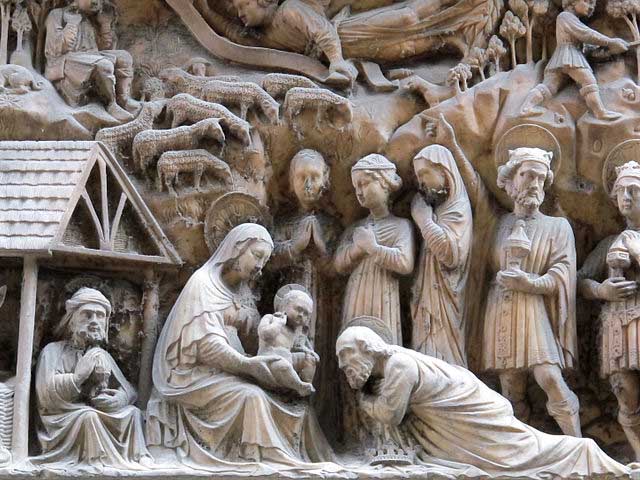
È la stagione per essere trionfante e allegro!
‘Tis the season to be triumphant and jolly!
È anche la stagione per abbracciare lo spirito di speranza e miracoli del cuore umano. Quando lo facciamo, i miracoli accadono.
It is also the season to embrace the spirit of hope and miracles of the human heart. When we do — miracles happen.
Non esiste un miracolo più grande della nascita di un bambino. È veramente un mistero e una cosa meravigliosa, non importa quale religione voi praticate o quanto potreste essere. La vita, la creazione della vita e la speranza che scaturisce dalla nuova nascita sono di ispirazione. È anche una forte motivazione per creare un mondo migliore per proteggere e nutrire il neonato e l’amore dell’umanità.
There is no bigger miracle than the birth of a child. It is truly a mystery and wondrous thing, no matter what religion you practice or how cynical you may be. Life, the creation of life, and the hope that springs from new birth are inspirational. It is also a powerful motivation to create a better world to protect and nurture the newborn as well as the love of our fellow man.
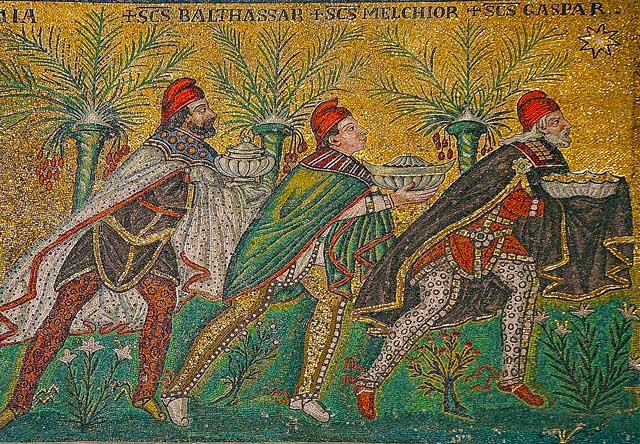
Per festeggiare questa stagione di miracoli e magia, voglio condividere con voi alcune bellissime opere d’arte dei magi — i re che hanno seguito la luce del mondo fino a una piccola stalla nel deserto, alla ricerca di un bambino appena nato — e speranza.
To celebrate this season of miracles and magic, I want to share with you some beautiful works of art of the magi — the kings who followed the light of the world to a small stall in the wilderness, seeking a newborn child — and hope.
I magi sono tradizionalmente conosciuti nella cultura occidentale come i tre re Balthazar, Caspar e Melchior. Il primo uso noto della parola magi è nell’iscrizione trilingue scritta da Dario il Grande — il re persiano.
The magi are traditionally known in western culture as the three kings Balthazar, Caspar, and Melchior. The term comes from Latin “magus,” and they were the priests in Zoroastrianism and the earlier religions of the western Iranians. The earliest known use of the word magi is in the trilingual inscription written by Darius the Great — the Persian king.
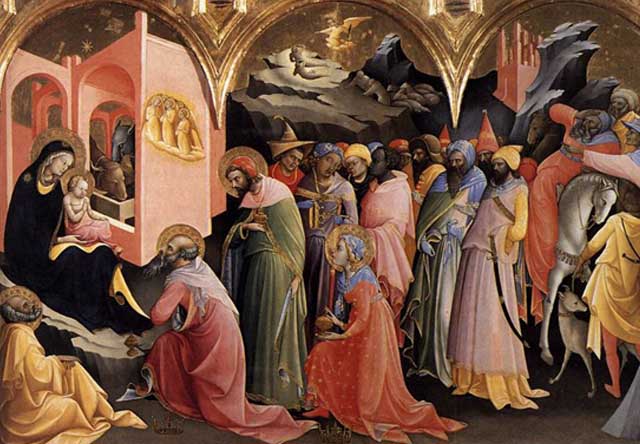
I magi biblici sono menzionati da Matteo (2: 1-12). È l’unico del quattro apostoli a farlo e si riferisce ai saggi come re, illustri stranieri che hanno visitato il bambinio Cristo dopo la sua nascita, portando doni d’oro, incenso e mirra. Riferisce che venivano “dall’est” per adorare il re degli ebrei.
The biblical Magi are mentioned by Matthew (2:1-12). He is the only one of the four apostles to do so and refers to the wise men as kings, distinguished foreigners who visited the Christ child after his birth, bearing gifts of gold, frankincense, and myrrh. He reports that they came “from the east” to worship the king of the Jews.
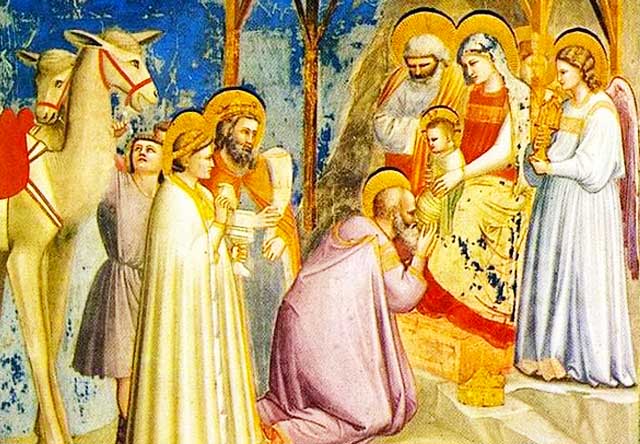
Il giorno in cui sono arrivati, in realtà è il 6 gennaio, il giorno di Epifania… dopo tutto ci sono voluti alcuni giorni per trovare il bambino dopo la sua nascita. Questo è un giorno importante in Italia. È in questo giorno che gli italiani festeggiano e si scambiano regali in onore dei magi e dei loro contributi al neonato.
The day they arrived, is actually January 6th, the day of Epiphany… after all, it took them a few days to find the child after his birth. This is an important day in Italy. It is on this day that the Italians traditionally celebrate and give one another gifts in honor of the magi and their contributions to the newborn babe.
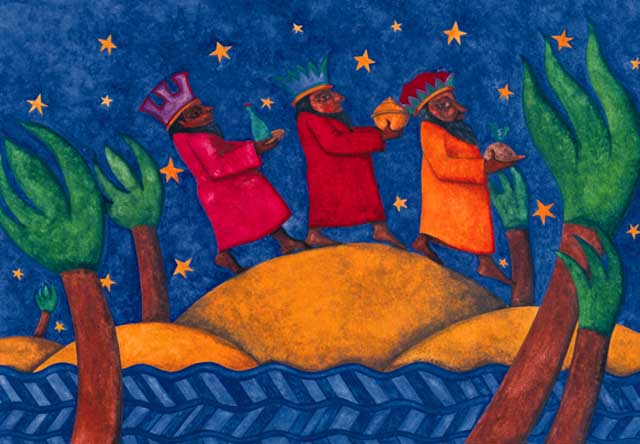
Nota interessante: Matteo non menziona mai il numero di visitatori. Di solito, I magi erano numerati in dodici, ma si presume ce ne fossero tre perché Matteo afferma che hanno portato tre doni. Quindi è divertente immaginare che ci sia stata un grande gruppo di saggi che cercavano il bambino, portandogli tre dei loro doni più preziosi.
Interesting note: Matthew never actually mentions the number of visitors. Usually, the magi numbered in twelve, but it is assumed there were three because Matthew mentions they brought three gifts. So, it is kind of fun to image there was a whole party of wise men traipsing about searching for the baby, bringing him three of their most precious gifts.
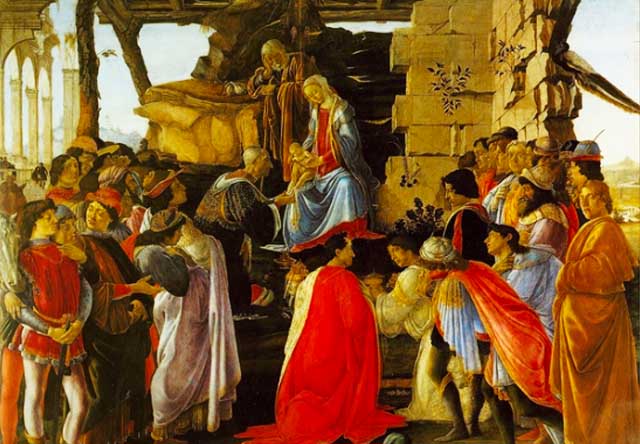
Nel corso degli anni, molti artisti hanno fatto rappresentazioni dei magi. Alcuni dei miei preferiti sono stati creati da Sandro Botticelli e Benozzo Gozzoli.
Through the years, many artists have made representations of the magi. Some are my favorites were created by Sandro Botticelli and Benozzo Gozzoli.
Il dipinto di Botticelli ful dipinto nel 1475 e lo si può vedere agli Uffizi di Firenze. Nel gruppo di adoratori potete distinguere le somiglianze di molti della famiglia dei Medici, tra cui Cosimo de’ Medici.
Botticelli’s painting was painted in 1475, and you can view it in the Uffizi in Florence. In his entourage or worshipers, you can make out the likenesses of many of the Medici family, including Cosimo de’ Medici.
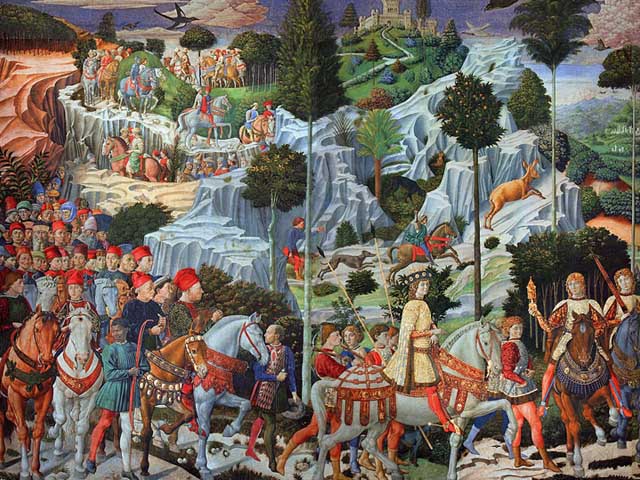
Sembra che il tema dei magi fosse popolare tra la famiglia dei Medici, poich´ancora una volta Cosimo I commissionò a Benozzo Gozzoli, uno studente di Fra Angelico, la decorazione della cappella nel Palazzo Medici-Ricardi nel 1459. Dopo la sua morte, l’opera fu effettuato sotto la supervisione del figlio di Cosimo, Piero de’ Medici.
It appears the theme of the magi was a popular amongst the Medici family, as once again Cosimo I commissioned Benozzo Gozzoli, a student of Fra Angelico, to decorate the chapel in the Medici – Ricardi Palace in 1459. After his death, the work was carried out under the supervision of Cosimo’s son Piero de’ Medici.
La processione dei Magi di Benozzi rivela il talento dell’artista per le arti decorative nei dettagli di gioielli, imbracature e tessuti, nonché il suo dono per il paesaggio — evidente negli alberi carichi di frutta e nei campi cosparsi di fiori. Ciò potrebbe essere attribuito al fatto che Benozzi lavorava come orafo nello studio di Ghiberti. Di consequenza, la sua tecnica è quasi come se avessi incidendo le immagini sul muro. Per finire il suo dipinto, ha applicato oro puro alle pareti in modo che brillassero al buio, alla luce delle candele.
Benozzi’s Procession of the Magi, reveals the artist’s talent for decorative arts in the detail of the jewels, harnesses, and fabrics, as well as his gift for landscape — evident in the trees laden with fruit and the fields sprinkled with flowers. This may well be attributed to the fact that Benozzi worked as a goldsmith in Ghiberti’s studio. As a result, his technique is almost as if he was engraving the images on the wall. To finish off his painting, he applied pure gold to the walls so that they would shine in the dark, in the dim light of the candles.
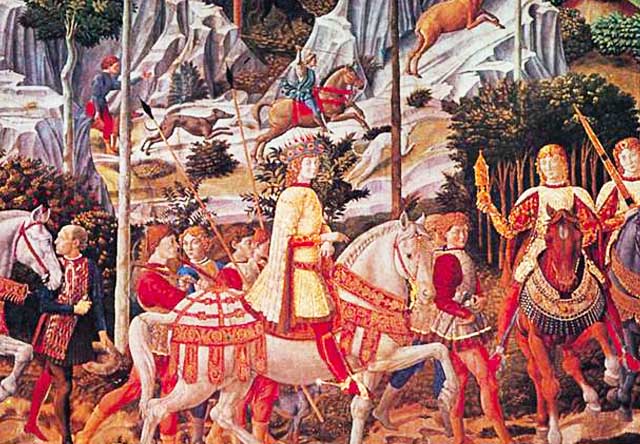
Benozzi aveva anche un talent per la ritrattistica, e in questo concorso, si po’ anche distinguere la somiglianza di Lorenzo de’ Medici come un giovane ragazzo seduto su un bel cavallo bianco — il prescelto. Chi, tranne il futuro leader di Firenze, dovrebbe essere alla ricerca di Gesù!
Benozzi also had a talent for portraiture, and in this pageant, one can also make out the likeness of Lorenzo de Medici as a young boy seated on a fine white horse — the chosen one. Who, but the future leader of Florence, should be on a quest to find the baby Jesus!
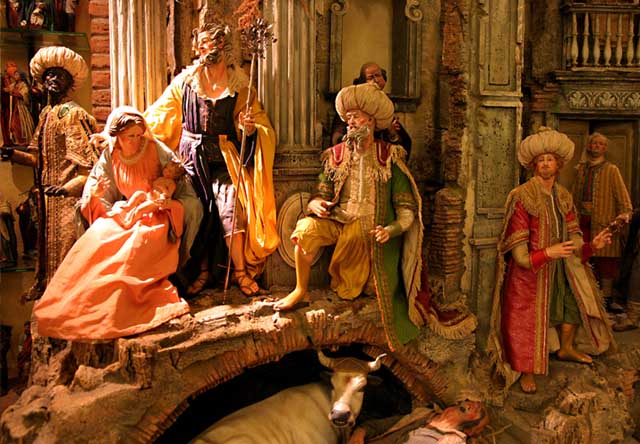
Oggi, in Italia, I magi sono personaggi importanti nel presepe —la scena in mangiatoia — che le famiglie italiane costruiscono in questo periodo dell’anno. Ma non vedete mai in questa scena i tre re stranieri fino al 6 gennaio — il giorno dell’Epifania — il giorno in cui i magi hanno fatto una miracolosa scoperta che ha cambiato il mondo. Buone feste a tutte!
Today, in Italy, the magi are featured guests in the presepe — the manager scene — that Italian families build at this time of the year. But, you will never see the three kings in the manager until January 6th — the day of Epiphany — the day the magi made a miraculous life-changing discovery that changed the world.
